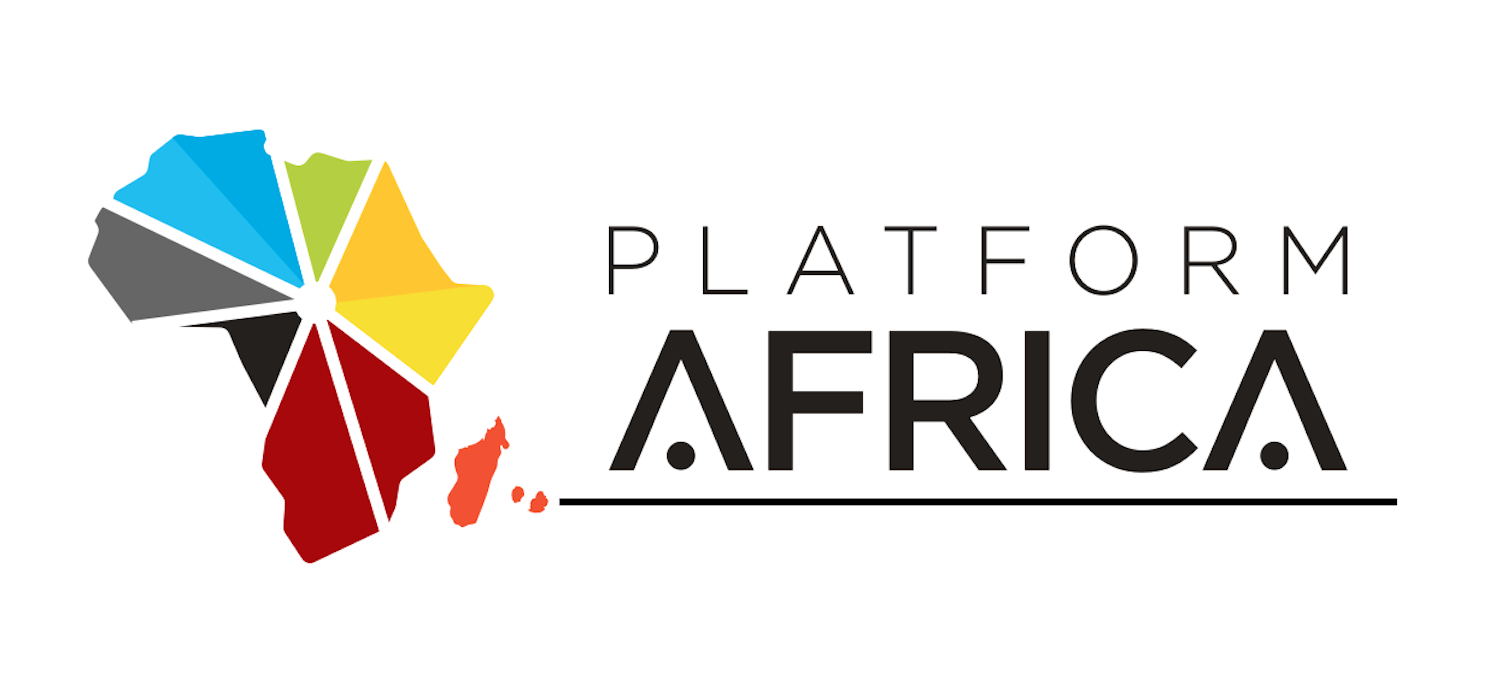Economic growth during 2023 is expected to reach 5.3 percent taking into account the factoring of statistical effects and the unfolding of the operating environment. This is the prognosis made in the report SBM Insights released in October 2022 where it mentions that preliminary indications will be revisited over time when more insights will be collected on sectorial and investment activities.
According to the report, the current baseline scenario anticipates real GDP growth to hover between 6.5 percent and 6.7 percent in 2022 percent accounting for a significant improvement in relation to an estimate of 3.7 percent for 2021, as per Statistics Mauritius.
As remarked by Group Head Research & Strategic Planning and Execution and Lead Economist Nuvin Balloo, the country will avail from the execution of a comprehensive, agile and credible medium-term fiscal consolidation framework and road map. In parallel, observers look forward to a timely and prudent calibration and normalisation of monetary and fiscal policies without reneging on growth-enabling imperatives.

Group Head Research & Strategic Planning and Execution and Lead Economist at SBM, Nuvin Balloo
“Such postures should also strive to uphold the country’s investment grade sovereign credit rating, thus preserving the attractiveness of its business climate, upholding the ease and cost of access to global financial markets and guiding financial sector operators in their market diversification endeavours,” he added.
The growth prognosis made by the SBM Group for 2022 and overshooting the corresponding IMF forecast has been revised downwards as compared to the forecast made in an earlier edition of ‘SBM Insights’ set against a context where the prediction benefitted from an upgraded outlook for tourism on the back of recent favourable trends and weighed down by the market deterioration of the global economic climate. The brunt on the local economy is attributed to several factors, namely: the downgraded growth trajectories of key trading and business partners, with repercussions on the evolution of exports and capital flows; high and broad-based inflationary pressures amidst volatile, albeit gradually healing, international commodity markets.
On the other hand, the forecasted GDP growth rate for 2022 is expected to be underpinned by a slew of factors namely, the meaningful healing of the sanitary and health landscape, bolstered by a high vaccination rate where the latter has covered more than 90 percent of its eligible population, the consequent lifting, some time back, of restrictions on people’s movement, thus contributing to augmented activities, a relative mending of business confidence at various levels, relief measures put in place by the monetary and fiscal authorities, key infrastructure-upgrading projects being implemented by the Government coupled with policies aimed at stimulating productive activities, and the strategic initiatives unleashed by the private sector across different economic sectors.
Of course, the report mentions risks posed to its growth prognosis being noticeably skewed to the downside that comes with potential considerations, encompassing the greater-than-expected direct and indirect impact of the war in Ukraine assuming that the hostilities materially worsen, acute increases in oil and other commodity prices, which would trigger more tenacious inflationary pressures, with knock-on repercussions on household consumption and business costs, sharper-than-envisioned growth slowdown by the jurisdiction’s key trading and business partners, thus hampering exports and foreign direct investment.
Headline inflation has since June 2021 stood at 2.2 percent inching towards an uninterrupted pace, hitting 8.8 percent for the twelve-month period ending August 2022. The bank remarked that as per its baseline scenario, inflation is expected to further edge up to reach 10.4 percent, after factoring in recent trends while operating in a still complex environment and pressure on the rupee set against the context of global developments coupled with the phasing up of the Consumer Protection (Maximum Price of Essential Goods) Regulations 2021 as from 1 July 2022.
On the other hand, it is remarked that the pressure on the consumer price index is expected to progressively subside during the next year with headline inflation set to oscillate around 4.5 percent by the end of 2023.
The Financial Services sector including the banking and financial system has been able to weather storms in the market to maintain its overall stability, resilience, and soundness recently while being able to successfully cope with real economic shocks. It has been helped by the general business models adopted by key players, a fitting and continuously strengthened legal and regulatory framework together with tailor-made relief measures implemented by the authority.
The Group Research also advocated several challenges such as securing the actual economic recovery push, alongside fostering financial stability, delivering targeted and continuous support to vulnerable groups and executing an efficient mix of fiscal, monetary, macroprudential and structural policies that will promote a high, sustainable and job-rich GDP growth path over the medium run.
There is also a dire need to build on current measures spearheaded by the authorities and implying continuous efforts towards strengthening the country’s multifactor productivity levels, boosting local production as well as expanding and diversifying the national economic space (alongside consolidating current efforts to create new pillars, notably the pharmaceutical industry and green energy) while enhancing the appeal of the Mauritian International Financial Centre as a gateway for trade and investment within the ‘Golden Triangle’ linking the Middle East, Asia and Africa. It also implies increasing connectivity to foreign markets, achieving a further, but well-calibrated, openness of the economy to specialised foreign talents, uplifting the country’s recourse to innovation and technological advances
Such factors helped pave the way for a favourable and healthy business facilitation environment; and deliver adequate leeway for players to follow a disciplined growth path, aided by operational and regulatory flexibility. According to the latest data as at the end June 2022, the industry has been able to preserve appreciable buffers in the face of a demanding economic climate and external vulnerabilities, with a total capital adequacy ratio at 19.2 percent and non-performing loan ratio at 4.6 percent.
The report further remarked that moving ahead, the performance and positioning of the banking and financial industry would rely to a large extent on the country’s broad-based macroeconomic conditions, quality of policy environment, attractiveness of business climate in the face of fast-changing market dynamics and exigencies, the adaptability of the legal and regulatory set up in conjunction with international norms.
In the same vein, a key success factor pertains to the sustained credibility and competitiveness of the Mauritius International Financial Centre, alongside resting upon the country’s investment grade credit rating.




